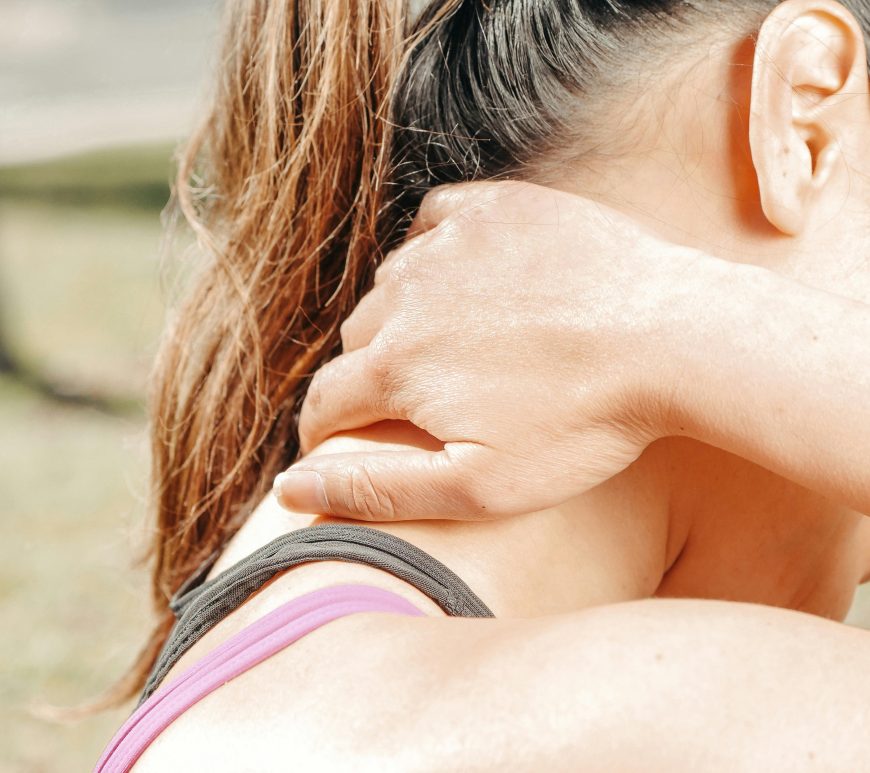
How effective are non-aerobic exercises for cognitive health in Alzheimer’s patients?
In 2011, a pilot study conducted by researchers have found that non-aerobic movement-based activities can significantly improve certain cognitive functions in patients with Alzheimer’s type dementia (AD). Conducted by Lidia Yágüez, Kendra N. Shaw, Robin Morris, and David Matthews, the study aimed to explore the effects of movement-based exercises on cognition in individuals diagnosed with AD. The study involved 27 patients who met the ICD-10 … Continue reading How effective are non-aerobic exercises for cognitive health in Alzheimer’s patients?

